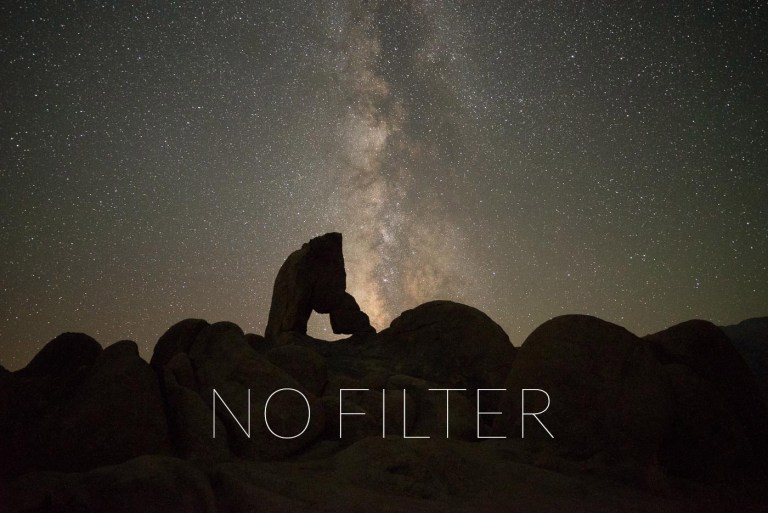




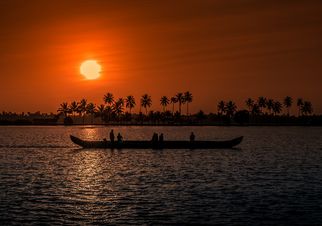





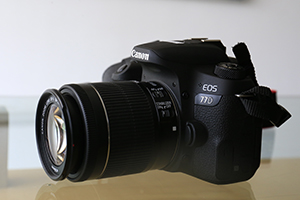
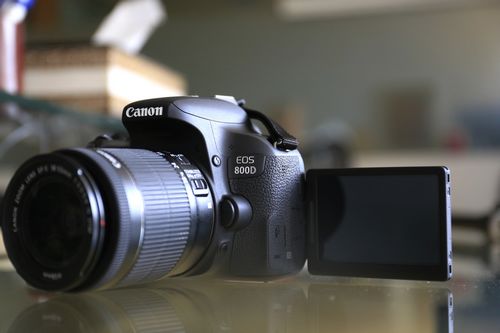
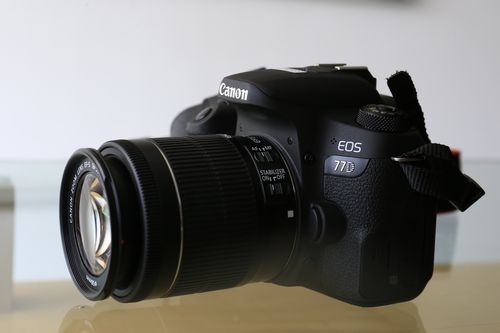


First organised about 18 years ago in 1999, Asian Photography Awards have come a long way and become one of the most important events in the industry’s calendar. Being one of the most awaited and prestigious awards in this industry, the idea is to recognise and appreciate the excellence of the photography industry and its individuals who either work behind the cameras or simply create them! The objective is to honour the best products and services of the industry, featuring different set of parameters for judgement in each category. Here is the lowdown of awards this year!
PRODUCT CATEGORY
Every year our awards are based on the product shootouts, reviews and comparisons that we conduct throughout the year in order to help our readers make an informed decision about investing in new photography gears and accessories. Driven by performance and quality, we at Asian Photography believe in putting products against each other. So who are the winners this year?
Awards in the Media Storage Category
BEST SECURE DIGITAL (SD) MEMORY CARD
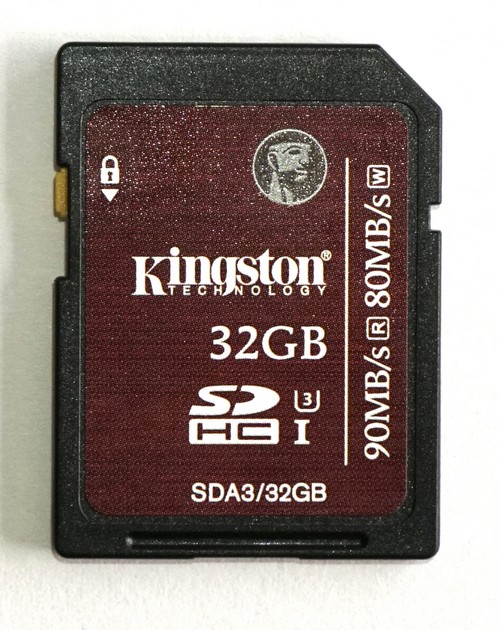
Winner: Kingston SDHC UHS-I 32GB
The Kingston consistently performed toe to toe in every test. It tied with the Transcend in the Crystal Disk Mark test and fared quite well in the folder transfer test. The Kingston SDHC UHS-I 32GB Card aced the in camera test with 1.73 shots per second exceeding its competitors’ performance significantly. The card comes with a lifetime warranty and is priced at ₹1699 which is significantly lesser than the Transcend. If you are looking for a quality product with a consistent performance at a reasonable price the Kingston SDHC UHS-I 32GB Card, the winner of this year’s secure digital (SD) memory card shootout, most certainly is the way to go.
BEST MICRO SD CARD
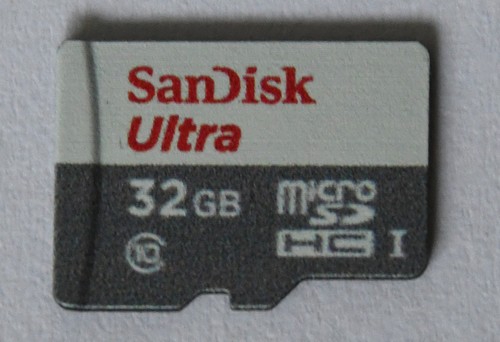
Winner: SanDisk Ultra 32GB microSDHC UHS-I
In the Crystal Disk Mark test, SanDisk had a better read speed of 34.82MB/s, but a lower write speed of 17.99 MB/s. In the folder transfer test, SanDisk had a slower read time of 87.48 seconds, however, had a faster write time at 71.07 seconds. In the in-camera performance test SanDisk card recorded 4.36fps. performing decently in almost all parameters, and retailing at a low price of ₹750, SanDisk Ultra 32GB microSDHC UHS-I is this year’s MicroSD card shootout winner.
BEST CF CARD

Winner: SanDisk Extreme CompactFlash 64GB
The SanDisk card performed consistently throughout the shootout. In the CDM test, SanDisk CF Extreme Pro aced, with read speed of 34.91MB/s and the write speed of 27.23MB/s. In the Folder Transfer test, SanDisk had the best write speed at 48.44 seconds, but a slower the read speed of 30.94 seconds than Kingston. In the in-camera performance test, SanDisk scored 2fps. At the price range of ₹4800, SanDisk is definitely a strong contender and wins the shootout.
Awards in the Printing Category
BEST ALL-IN-ONE PRINTER

Winner: Epson L360
The EPSON L360, performed well in most categories with good quality prints, but in some tests took longer time than the Canon PIXMA G3000. However, Epson’s output in most tests was better than the Canon printer, and with a price tag of ₹11,599, it costs less than the Canon G3000 as well, making it the winner of the All-In-One Printer Shootout this year.
Awards in the Rechargeable Battery Category
BEST AA RECHARGEABLE BATTERY

Winner: Uniross 2700mAh Rechargeable
The Uniross 2700mAh Rechargeable performed better all throughout the shootout. Though the counts of the flashes fired were less than the GP batteries but more than what the Envie could deliver, the consistency of the Uniross batteries between the flashes fired after the heat up have been steadier. The price also being about the same, the charge time taken by these batteries is a little lesser, which is 8 hours and 25 minutes. So taking into consideration the charging time and the consistency of the fl ashes fired; the Uniross performs slightly better than the competition. The shootout this year was extremely close and with a price of ₹900 for four batteries, the Uniross rechargeable wins this year’s AA battery shootout.
Awards in the Lens Category
BEST ALL-IN-ONE LENS
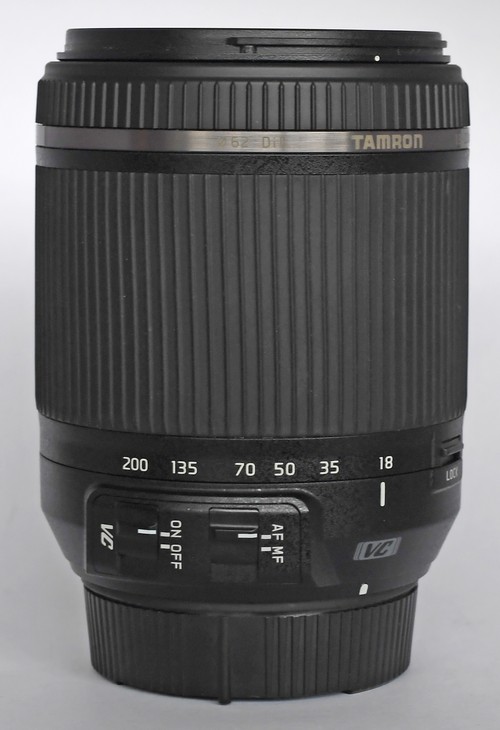
Winner: Tamron 18-200 AF18-200mm F/3.5-6.3 DiII VC
The Tamron lens, priced significantly lesser than the Tamron lens at ₹17,900, was quite well built. While we would’ve liked the focussing ring to be a little wider and have more resistance the lens was very easy and comfortable to use. The colour output of the lens was superior to its competitor and produced least distortion. The Tamron beat it’s competitor in the chromatic aberration department as well as produced better colours hands down, thus making the Tamron 18-200 AF 18-200mm F/3.5-6.3 DiII VC lens this year’s winner for the All-in-one lens shootout.
BEST FIXED FOCAL LENGTH LENS

Winner: Canon 24mm f/1.4L II USM
The Canon 24mm f/1.4L II USM is a balanced lens with a good build quality and great photo output quality. The lens even though a little bigger, is fast to focus and comfortable to use. Even though it lost to the Sony in chromatic aberration test it faired well in the other tests. The Canon, priced at ₹1,12,995 is reasonably priced, given the quality of optics used in them. Keeping in mind the minimum f-number on the lens being 1.4 the lens will be substantially more useful in low light situations. The Canon 24mm f/1.4L II USM also has better and more believable colours which one would expect from such a lens. Overall the lens performed really well compared to the Sony’s overall performance, thus making it this month’s winner in the fixed focal length category.
BEST DSLR KIT LENS

Winner: Canon EF-S 18-135mm f/ 3.5-5.6 IS USM
Priced at ₹37,995, Canon EF-S 18-135mm f/ 3.5-5.6 IS USM looks very good in terms of construction and optics. The buttons, focus and zoom rings are very smooth to operate and the focussing was quick and precise. Works well with a newer body and delivers good quality images. However, the colours produced are somewhat fl at but nothing to be very worried about. The distortion and chromatic aberration was decent and it exhibited the least amount of both. Canon wins the shootout this year.
Awards in the Photo-Imaging Category
BEST INNOVATION IN DSLR/ MIRRORLESS CAMERA TECHNOLOGY
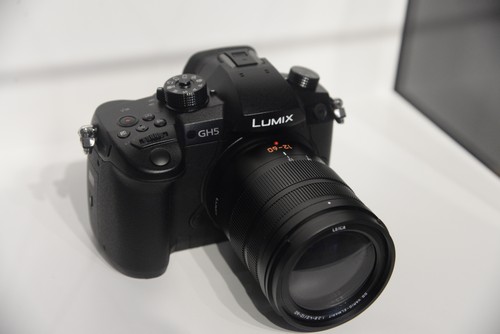
Winner: Panasonic GH5
Panasonic, who have been known for it’s innovation, produced the Lumix DC-GH5 which boasts of being the first mirrorless single-lens camera in the world with 4K/60p, 4:2:2 10bit recording. The camera can also take 4K-quality still photos (approximately eight megapixels) at up to 60 frames per second, and it can handle 6K images (approximately 18 megapixels) at up to 30 frames per second. The 20.3 Megapixel camera also has a Venus Engine processor and has features like 5-Axis Dual IS2, free angle touch screen, double SD card slot etc. The Dual I.S.2 5-axis stabilization system can coordinate the correction functions of the camera and the lens, while advances in DFD technology have greatly improved the autofocus field recognition capabilities. Awards 2017
BEST ENTRY LEVEL DSLR
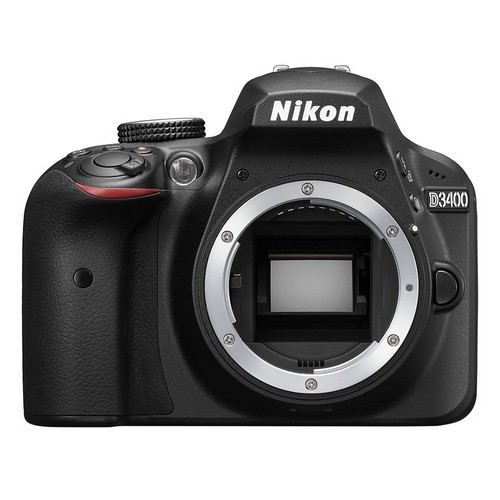
Winner: Nikon D3400
It is a tough decision for people who buy their first DSLR, especially beginners who would stick to a brand after they have purchased their first DSLR. Since one has or plans to invest in the same brand eco-system, it is advisable to stick to a brand which you have been using or are probably going to use. Both the Canon 1300D and the Nikon D3400 are great entry level cameras, although the Nikon D3400 had a slight edge over the Canon when it comes to ISO performance and image quality at high ISOs. The Nikon D3400 comes for ₹31,450 (body only) and the Canon 1300D comes with a kit lens (18-55mm) and is priced at ₹29,995 which is lower than the Nikon. If you want image quality and slightly better performance like faster burst mode, go for the Nikon D3400.
BEST SEMI-PROFESSIONAL DSLR

Winner: Canon EOS 7D Mark II
The Canon 7D Mark II is a steady performer and the image quality is superior to most of the cameras that are trying to match up with it now. It’s image quality was fairly balanced, and it performed really well in the ISO performance as well. The Canon 7D mark II costs ₹128,795 for the body only which is on the higher side but for a camera that is marked by its performance, and hence is a pretty good deal, thus making the Canon win the shootout.
BEST PROFESSIONAL DSLR CAMERA
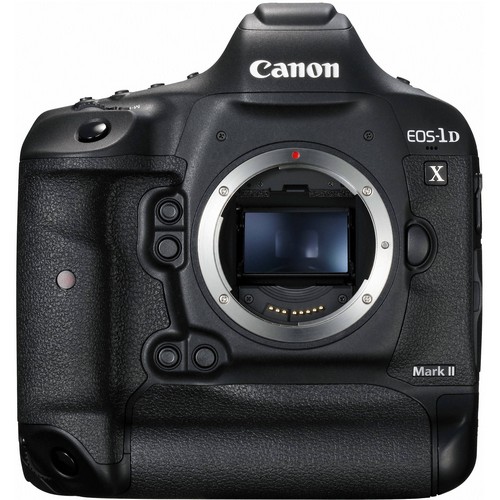
Winner: Canon 1DX Mark II
The Canon 1DX Mark II comes with a C-Fast card slot and a CF card slot and is priced at ₹4,55,995. The performance of the camera is impressive and the burst mode is brilliant. The image quality and ISO performance which is delivered proves its performance. Although the Canon is slightly higher in price for body-only, the Canon 1DX Mark II proves to be the winner of this professional DSLR shootout.
BEST MIRRORLESS CAMERA

Winner: Canon EOS M5
The Canon M5 was underexposed a little for portraits and the skin tones accuracy was average. However, the Canon impressed in low-light and with its colour reproduction which was the closest to the real life situation of the scene itself. The ISO was decent in daylight and usable enough for night time shooting. Priced at ₹81,995 (with 15-45mm IS STM kit lens) it is higher than both the Fujifi lm and the Sony but you also get a kit-lens bundled to start off with. The overall performance of the Canon is impressive and so the Canon M5 wins the mirrorless camera shootout this year.
Photographer of the Year
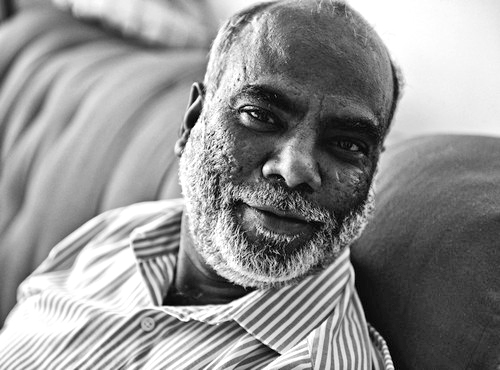
Winner: Sudharak Olwe
Hailing from Akola district in Maharashtra, and overcoming poverty, Sudharak Olwe has been documenting stories around India since 1988. With a career spanning nearly three decades, Olwe’s lens has captured the grittiest of stories that narrate accounts of resilience, courage and change. His ground-breaking series on the Mumbai’s conservancy workers exposes their inhumane working conditions, whereas his Kamathipura series with the sex workers reveals the city’s dark underbelly. His empathetic approach is what is unique in bringing out emotions through photographs. In 2016, he was awarded the Padmi Shri award, one of India’s highest civilian honours, for his work. Olwe’s work has been featured and exhibited in Mumbai, Los Angeles, Dhaka, Amsterdam, Kassel and Malmo.

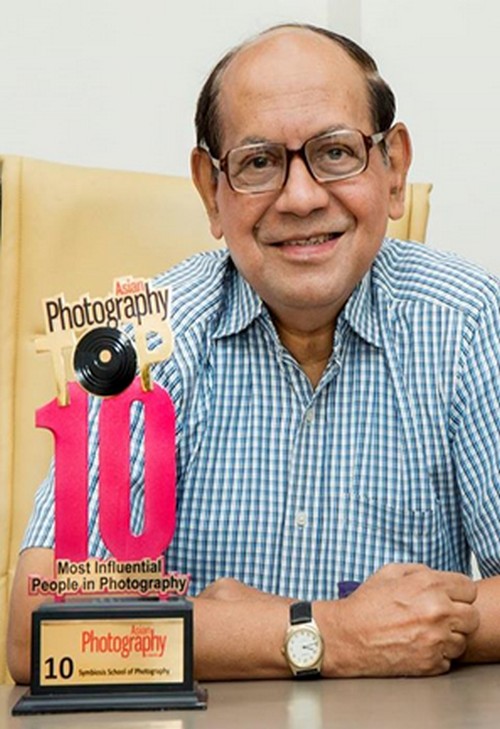



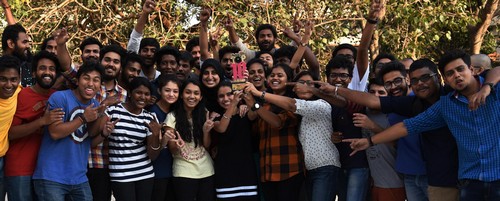

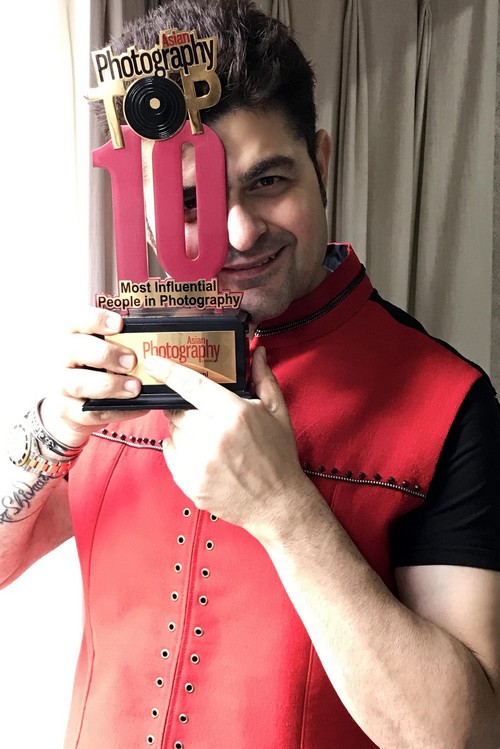
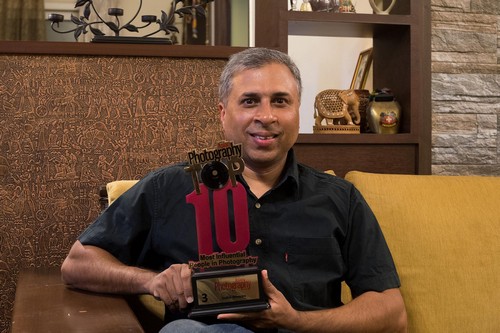

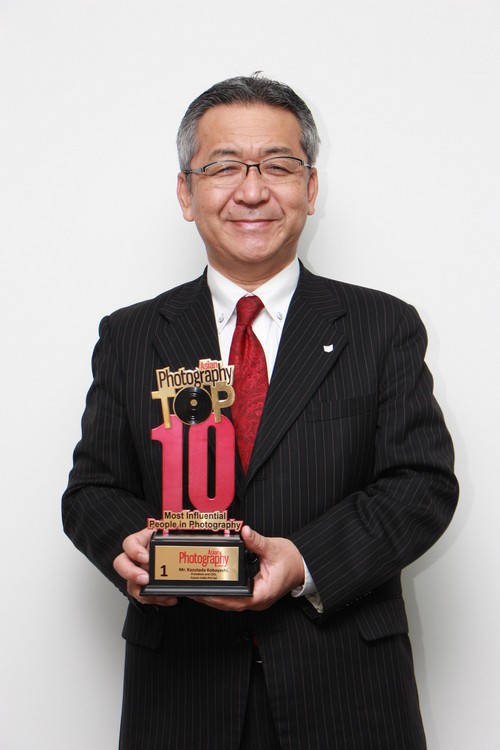
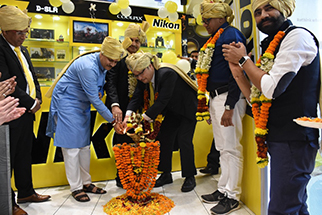
Nikon India inaugurated a new Nikon Experience Zone in the city of Mumbai last month, to bring their products to their customers. Launching the company’s 38th Experience Zone in West India, the centre was inaugurated today by Mr. Kazuo Ninomiya, Managing Director, Nikon India and Mr. Sajjan Kumar, Sr. Vice President – Corporate Sales and Strategy, Nikon India inThane (West), Maharashtra.
According to the company, with the ever increasing presence of Experience Zones in the country, Nikon aims to provide a matchless ‘touch & feel’ experience to its customers, enabling them to make a purchase decision. The company stated that the photography enthusiasts of Solapur will now have greater accessibility to the entire range of Nikon D-SLR cameras along with Nikon’s COOLPIX range, Nikon 1 series, select array of NIKKOR lenses, Nikon accessories and Nikon Sport Optics range.
At the store inauguration, Mr. Kazuo Ninomiya, Managing Director,
Nikon India said,”At Nikon, we take pride in enhancing our services
to better meet the varied requirements of our customers. The launch
of the new Experience Zone in Thane clearly showcases our vested
interest in promoting photography in the region. We will continue to
expand our presence in the splendid state of Maharashtra to offer the
best of camera technology to all photography enthusiasts.”
Mr.
Sajjan Kumar Division, Sr. Vice President – Corporate Sales and
Strategy, Nikon India added,”As a company, Nikon invests heavily in
strengthening the retail base, including investments in Tier 2 and 3
cities. The launch of the Experience Zone in Thane reiterates our
efforts to continue to support and promote emerging markets. We are
confident that today’s announcement will boost the demand for both
the Compact Camera as well as D-SLR categories by ensuring the direct
availability of devices to our esteemed customers in Thane.”



.jpg)
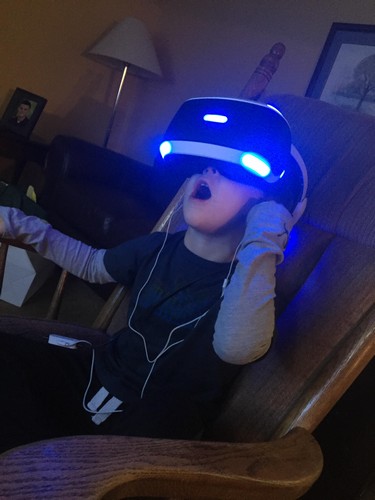


.jpg)
